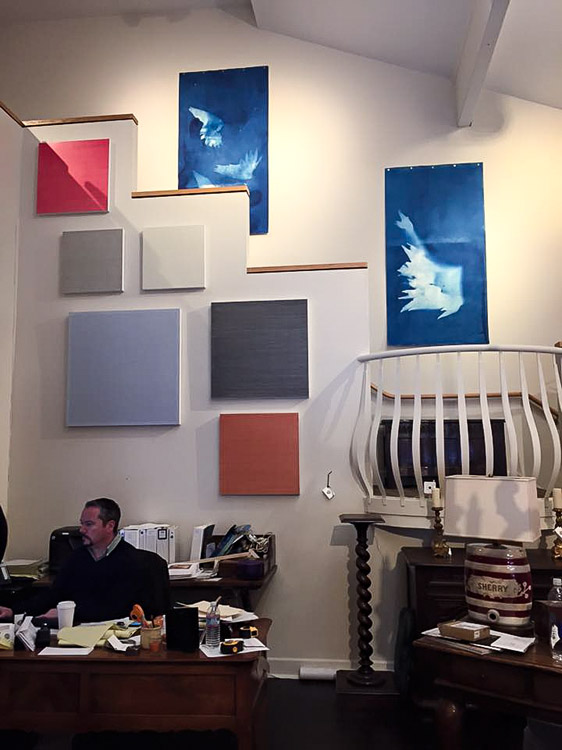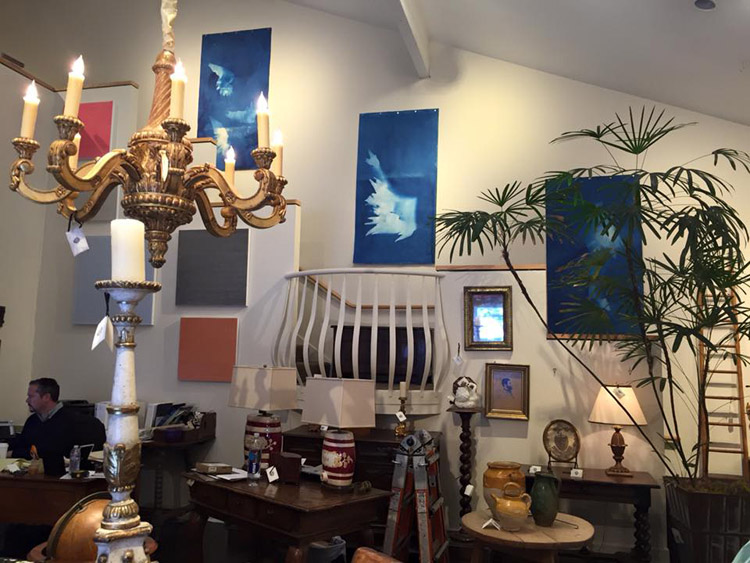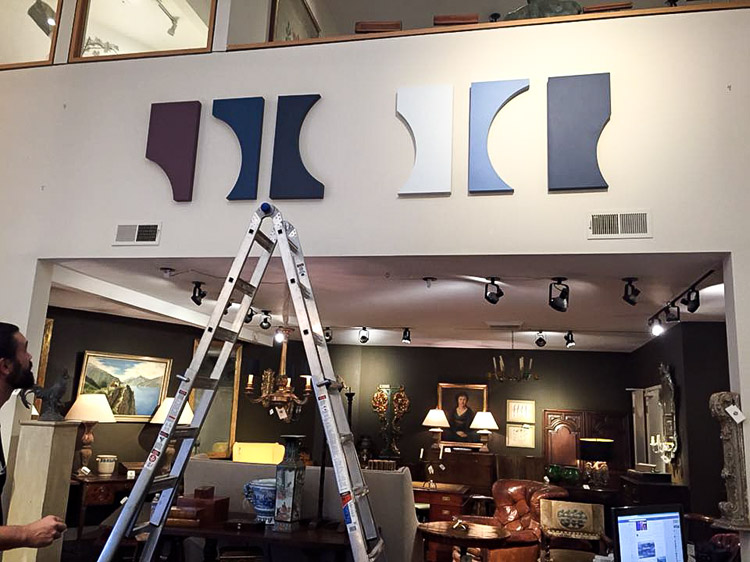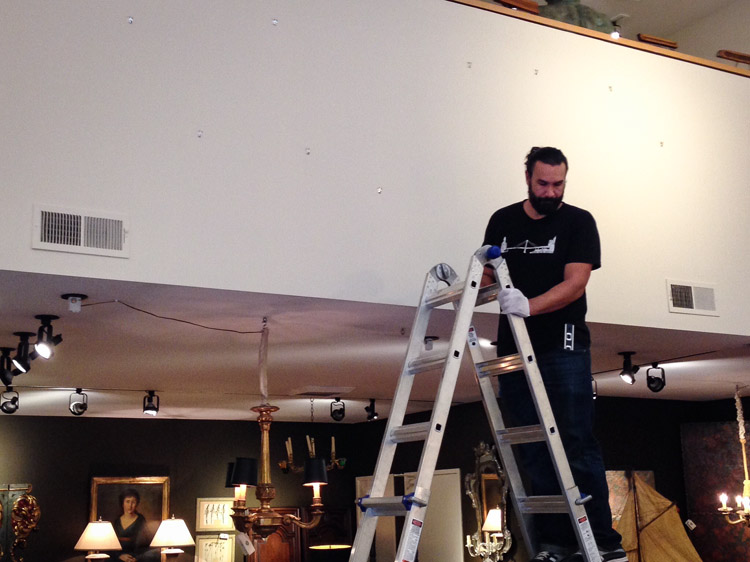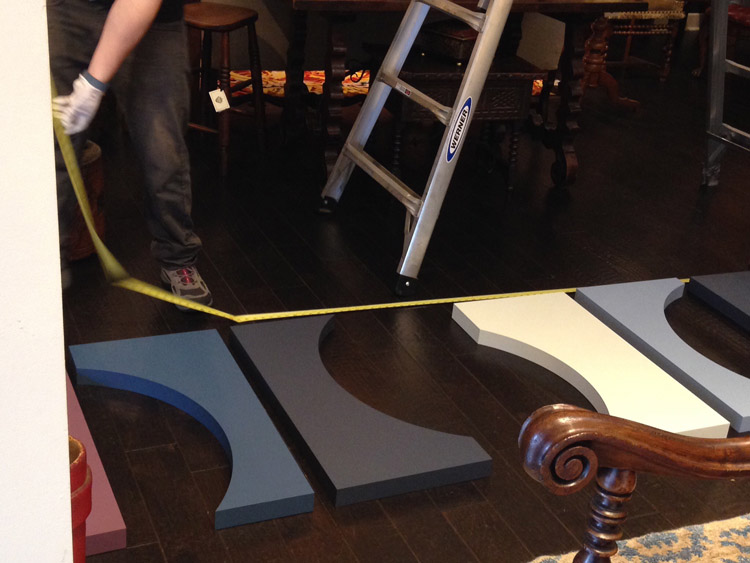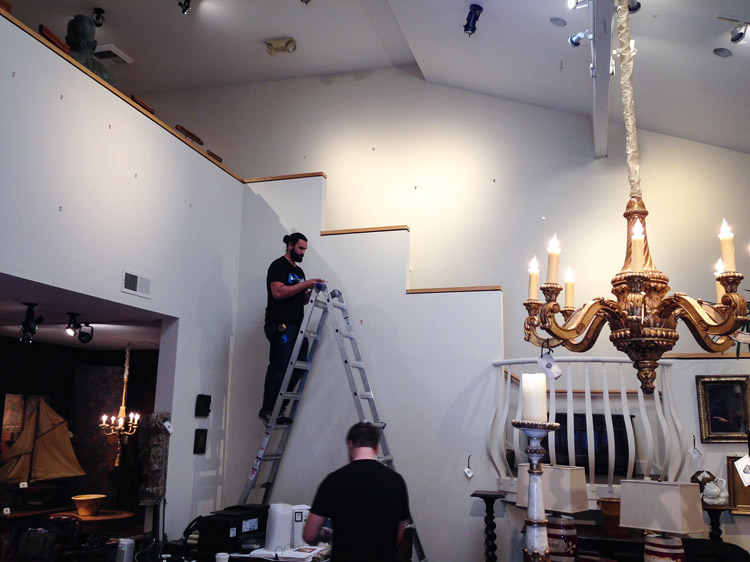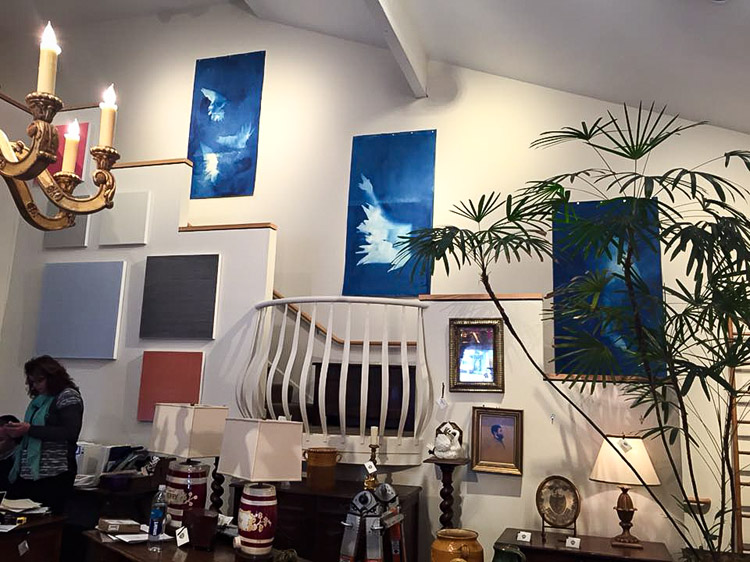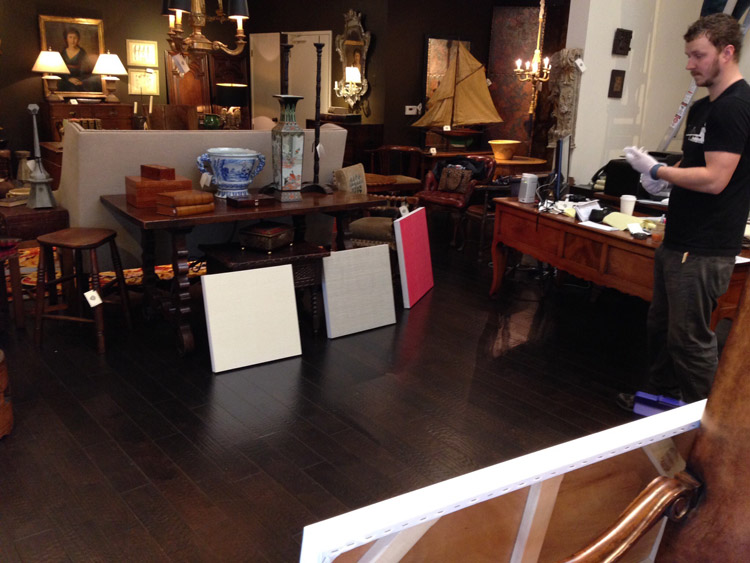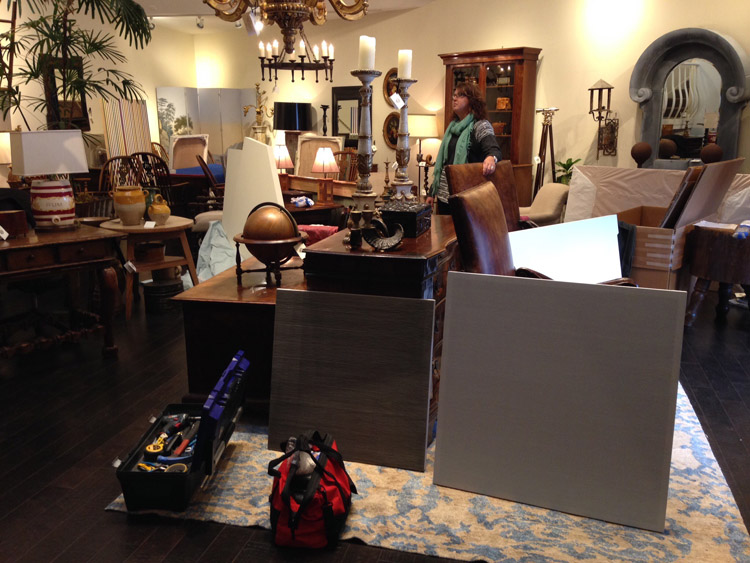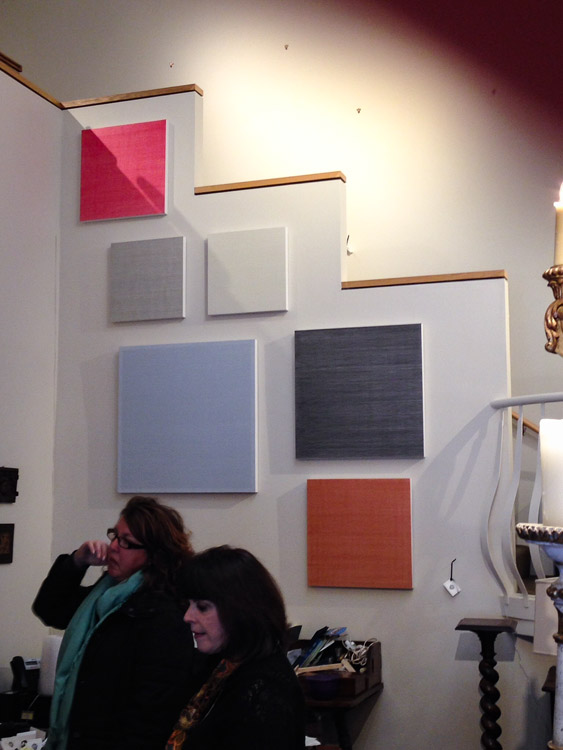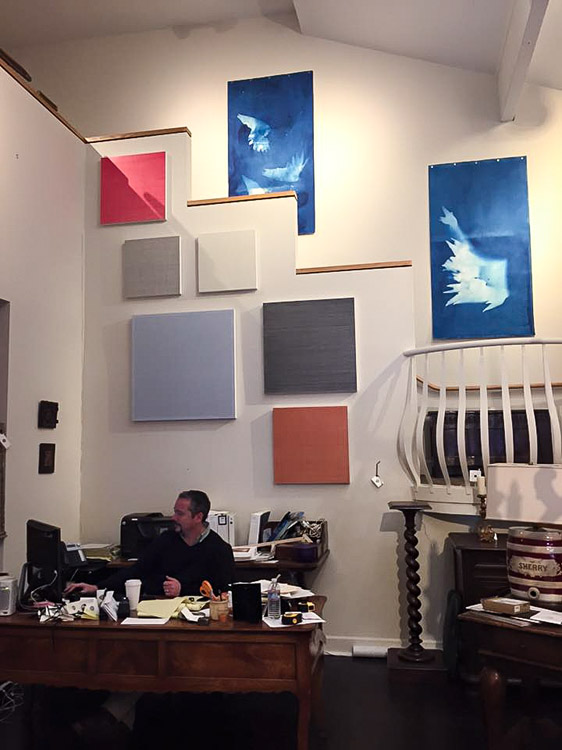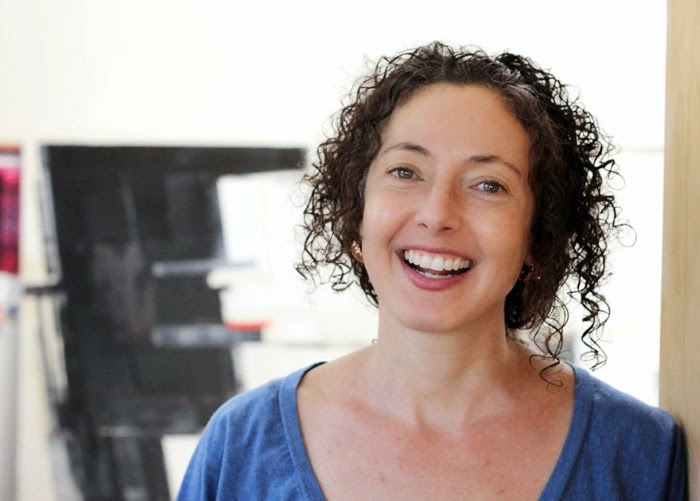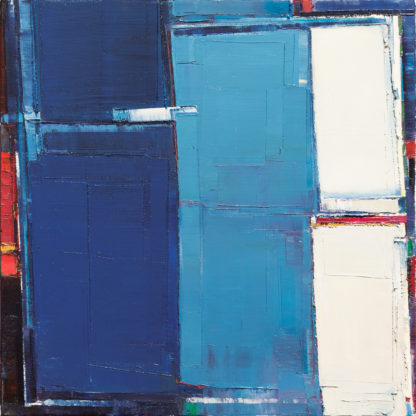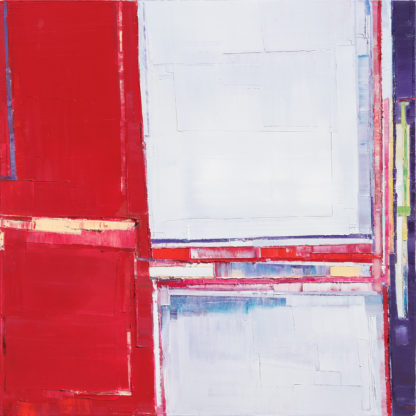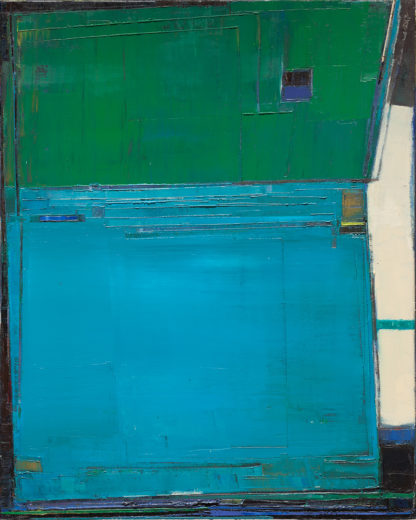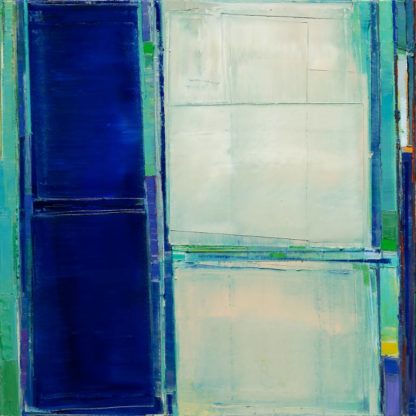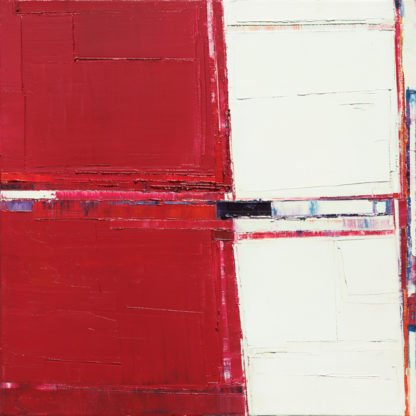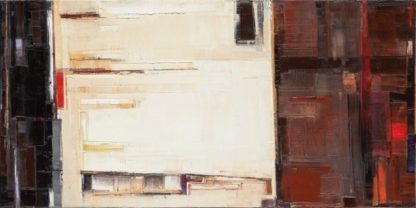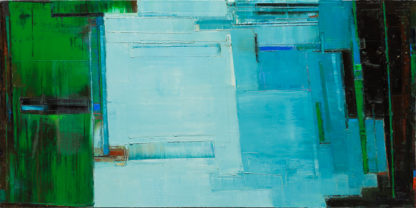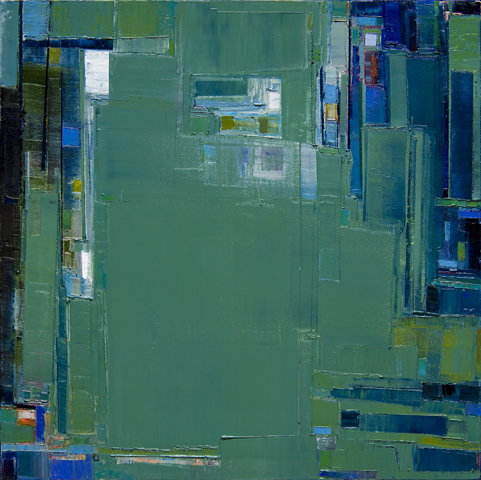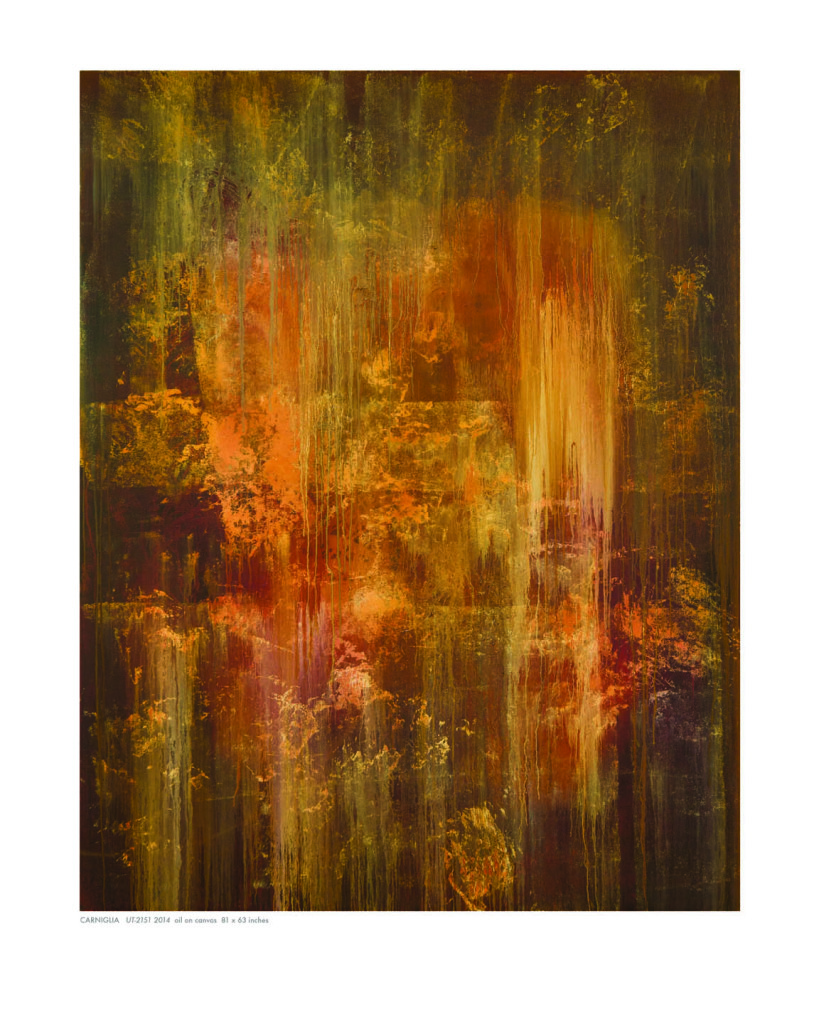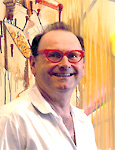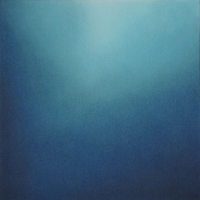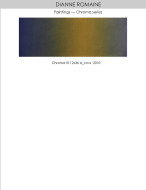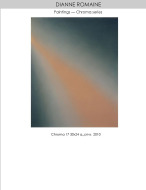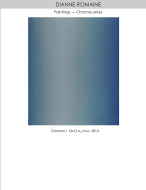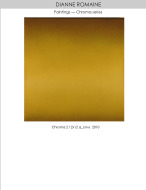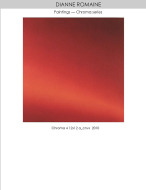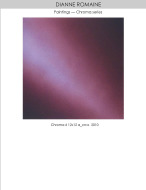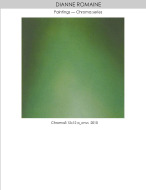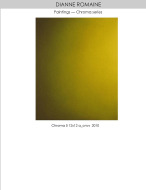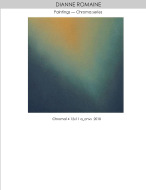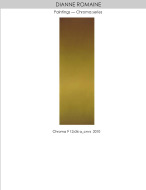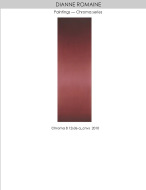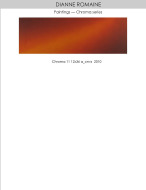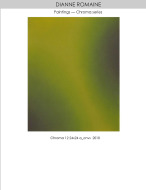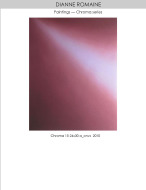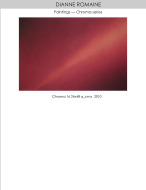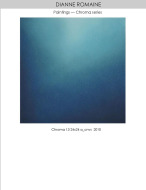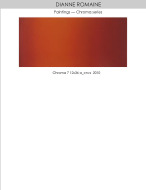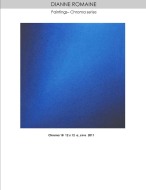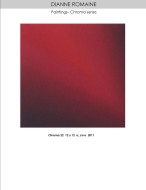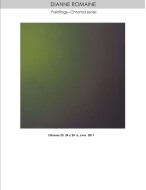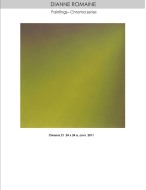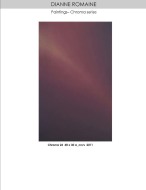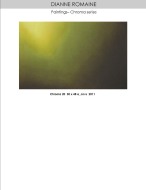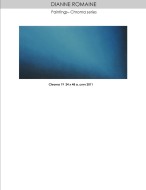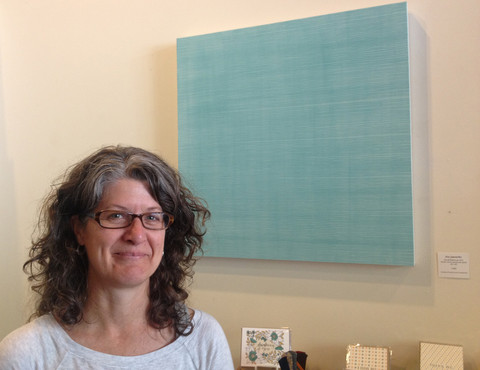
California Bay Area Contemporary Artist, Lisa Espenmiller “The Way”, uses line, movement, and space to focus intent on material and repetition of pattern, in a meditative process. Hers is a controlled technique akin to writing on a scroll. Espenmiller draws horizontal ink lines, one after the other, until the entire surface of canvas or paper becomes a field of meditative resonance. The lines and washes of color in her paintings are visual descriptions of the chi or breath-energy that flows through all things.1
“I have this notion that art occurs in the process of life itself, and you don’t have to go outside of the context of your own life. It’s all there, and you just tap into it. You open up to it. You have to make yourself available to possibilities.”
— David Ireland, he Art of David IrelandThe Way Things Are 2
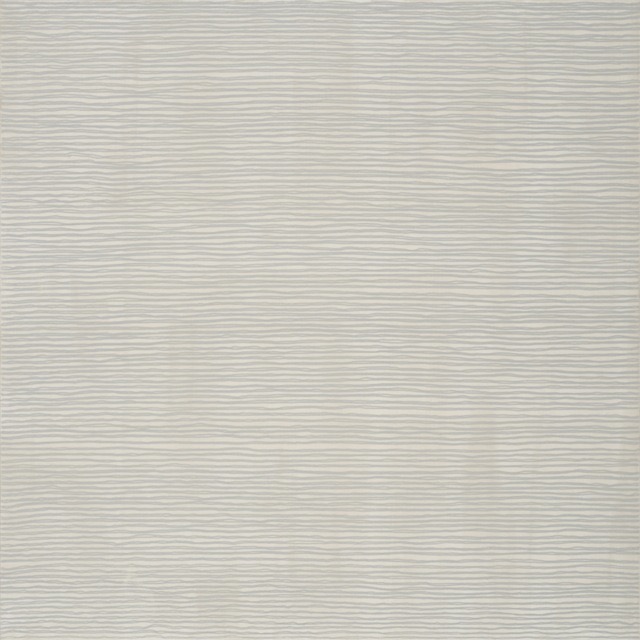
“Begin in the small,” 2013
acrylic and ink on canvas over panel
20 x 20 inches
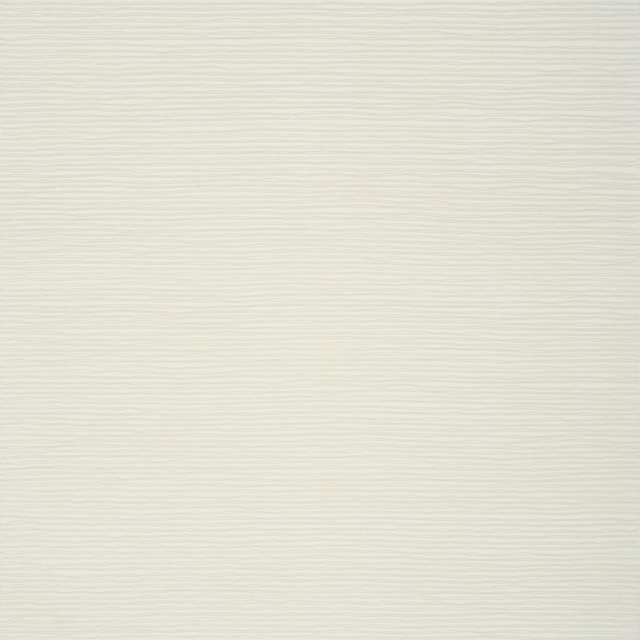
“Born in the void” 2013
acrylic and ink on canvas over panel
20 x 20 inches
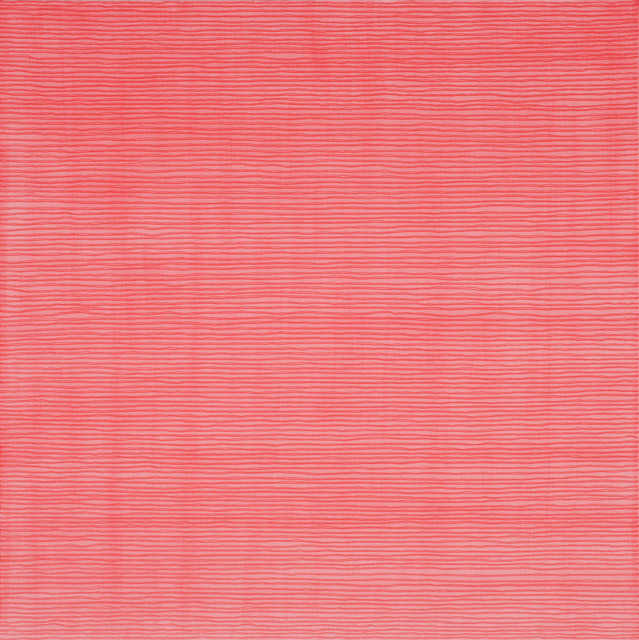
“Know when to stop”, 2012
acrylic & ink on canvas over panel
24″ x 24″
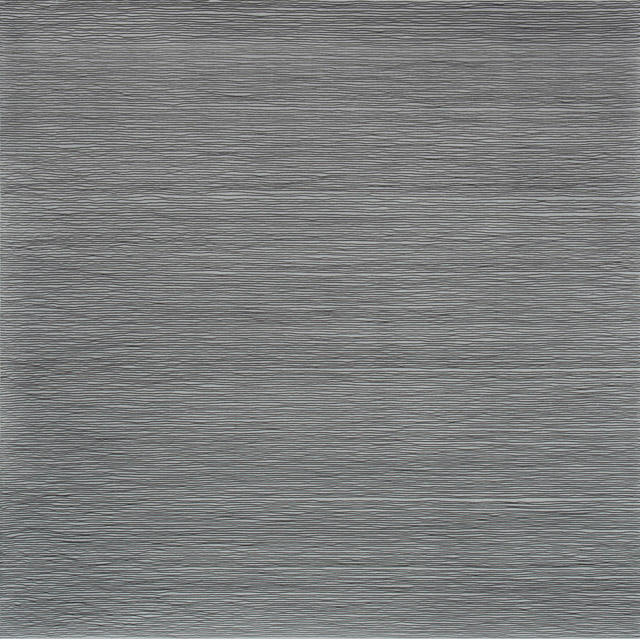
“Nothing slips through”, 2014
acrylic & ink on canvas over panel
30″ x 30″
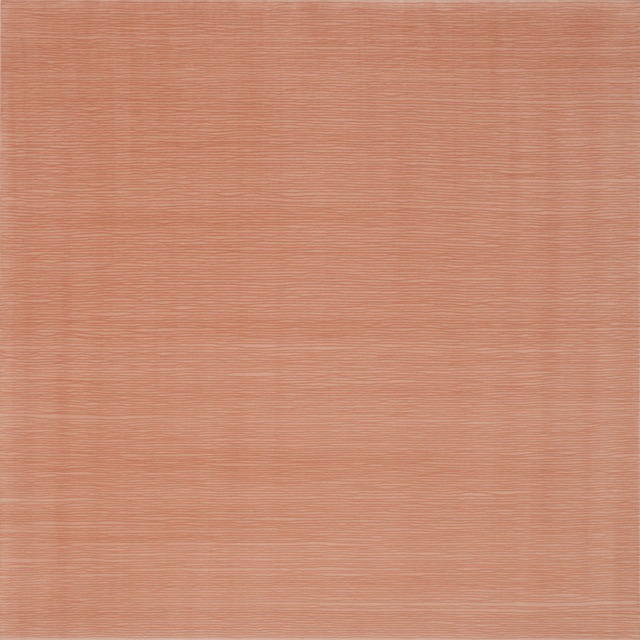
“Of its own accord “
acrylic & ink on canvas over panel
24″ x 24″
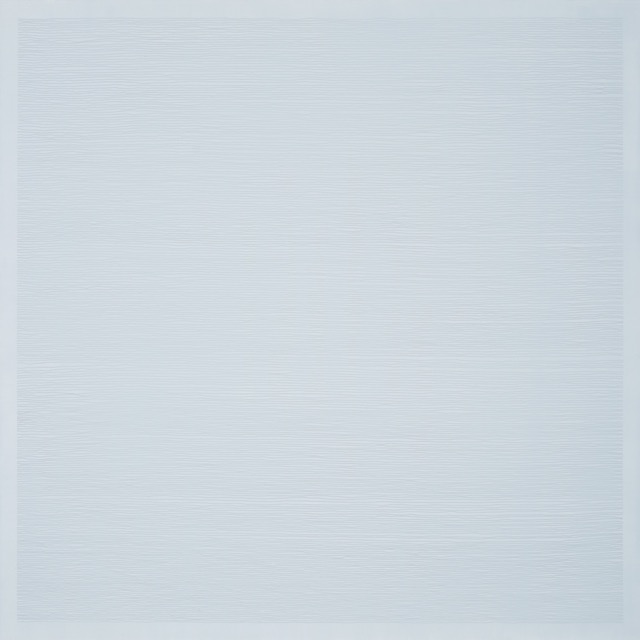
“Some breathe gently”, 2013
acrylic & ink on canvas over panel
36″ x 36″
Artist’s Statement
The lines and washes of color in my paintings and works on paper, visual descriptions of the chi or breath-energy that flows through all things, seek to sober and quiet the mind. When the mind quiets it becomes susceptible to inspiration, to movement from the microcosmic to the macrocosmic. Whether the body of work attempts to depict the inner scenery of breath-energy (The Way, Where you come from), the ever-shifting inner and outer landscape (the groundless ground), or talismanic power (chant), the goal is to engender a stilling of the hyperactive mind so the viewer can recognize the existence of a source that transcends human or divine authority – what Lao Tzu refers to as “dark-enigma” – the chi-tissue of empirical reality and the empty opening of consciousness itself.
The paintings and works on paper function both as mirror and window. Viewers are encouraged to stand before each one allowing the piece to offer a reflection of what’s inside or a view into another layer of reality. Think of them as modern mandalas or yantras.
As in meditation, my process requires that I remain rooted and immersed in the realization of the piece for a focused, uninterrupted period of time. There is little time or space for the logical mind to intervene in an attempt to control the outcome. The pace of each line, the movement of the brush or pen are guided by intuition and “no-mind,” accepting and trusting what presents itself in each fluid, changing moment.
These Featured works by Lisa Espenmiller are presented by Art Consultant, Laurie Ghielmetti Interiors + Art 3 and can be viewed at Garden Court Antiques at our 151 Vermont Street Showroom in San Francisco’s South of Market Design Neighborhood.
Artist’s Social Portals
^jh
Further readings and sources:
- Facebook Page: On the Line: Artist Talk with Sabine Reckewell, Lisa Espenmiller & Cathy Kimball ↩
- The Art of David IrelandThe Way Things Are. Karen Tsujimoto (Author), Jennifer Gross, Author, University of California Press ↩
- Fine Arts Consultant, Laurie Ghielmetti Interior + Art ↩

